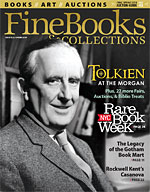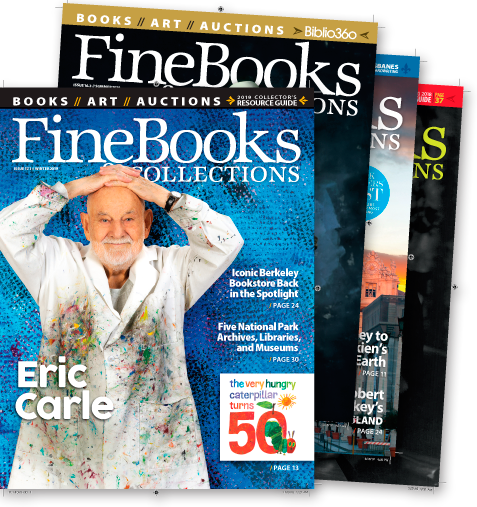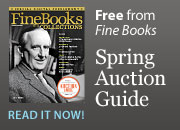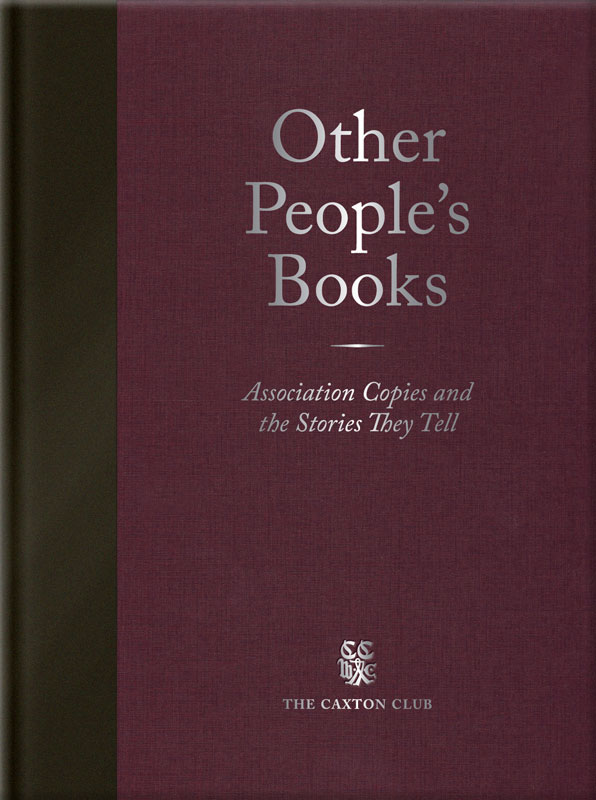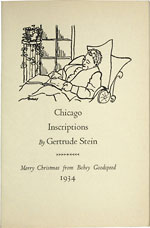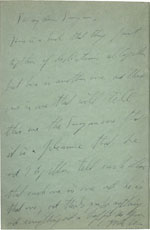By Association
The Caxton Club celebrates association copies with a splendid new book
By Rebecca Rego Barry Rebecca Rego Barry is the editor of this magazine.
Other People’s Books: Association Copies and the Stories They Tell
The Caxton Club
Distributed by Oak Knoll Books
214 pages with 112 illustrations
hardcover $75
This month, the Caxton Club, a Chicago-based organization of bibliophiles, will release an exciting new book, Other People’s Books: Association Copies and the Stories They Tell. It’s a collection of essays, each describing an association copy—by John Carter’s definition, “a copy which once belonged to, or was annotated by, the author; which once belonged to someone connected with the author or someone of interest in his own right; or again, and perhaps most interestingly, belonged to someone peculiarly associated with its contents.” The book includes a range of essayists, both institutional and private collectors, who share stories about books that span Nicolaus Jenson to Andy Warhol.
The result is nothing short of remarkable, the more so because of the lack of serious attention association copies have received in the past. It is, according to the club’s publications committee co-chair Kim Coventry, an “under-examined” subject, which is one of the reasons she pursued this project. “I was intrigued,” she said. “I just thought it was the most incredible storytelling device,” she added.
Once the club decided to target association copies as a topic, it reached out for written contributions from club members, members of ‘sister clubs’ in the Fellowship of American Bibliophilic Societies, and research libraries. Coventry said they received eighty submissions—“People are enthusiastic about association copies,” she noted—and a jury of members vetted them.
In these fifty-two essays, there will be something of interest for any true bibliophile. Alice Schreyer writes about a copy of Moby-Dick that Melville signed to his Acushnet shipmate, Henry F. Hubbard, Mark Samuels Lasner muses on his “improved” copy of Max Beerbohm’s A Christmas Garland, and Edward C. Hirschland offers us a look at the 1934 Lakeside Press booklet of Gertrude Stein’s book inscriptions, inscribed by Stein (how utterly appropriate for the midwife of postmodernism).
The insightful and immensely readable narratives offer no dearth of delights. Paul T. Ruxin’s essay on his extra special first edition of Samuel Johnson’s A Dictionary of the English Language reads likes a literary mystery in which he is the character sleuthing around and comparing eighteenth-century handwriting samples. Ruxin, who has been a collector for thirty-five years and a member of the Caxton Club for fifteen, said association copies offered him a “way to expand” the boundaries of his collection without changing course. He also said in an interview that he hopes Other People’s Books will help others learn more about what association copies offer. “If you view books in a narrow sense—something to convey what’s printed on its pages—then of course you don’t need books at all. If you regard the book as something more than a vessel that contains printed text, then it takes you into a different realm.”


